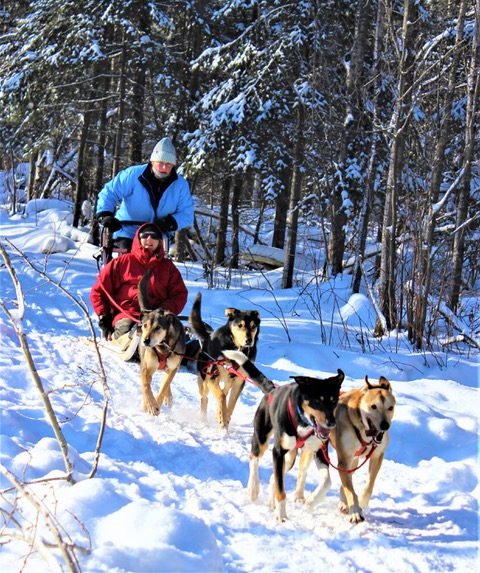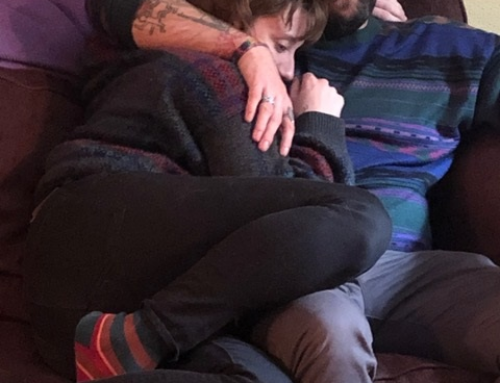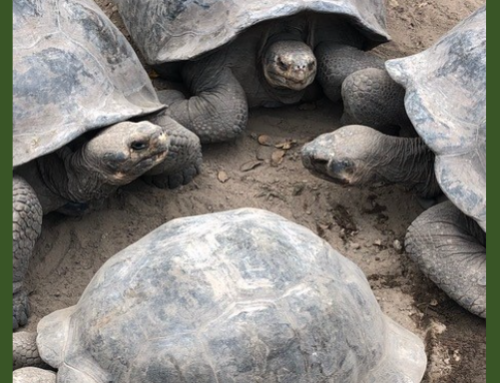From zooming sled dogs to Zoom meetings, how do we keep and hold people’s attention?
As I write this, I am deep into planning the Healing the Healers Dogsled Days — the day trips my mushing partner and I have envisioned and discussed and imagined and created over many, many months. We’ve designed the day anticipating the wants and needs of each group member, as well as our collective purpose, and knowing we will also shift and flex as needed.
What strikes me about all of this planning is that there is an element above and beyond logistics and design. It’s about intention. I can picture how these days will unfold. Not every minute, but I know what it will feel like when it is going well. And I’ll do everything in my power to make adjustments in the moment, if it does not feel that way.
Having recently listened to Priya Parker’s conversation with Brene Brown on her “Dare to Lead” podcast, I am reminded again of the importance of convening. Whether it is for a day of dogsledding or a zoom meeting, there is a needed element of intention, thinking through how to welcome people into a space and continue to create a sense of belonging throughout the experience.
In the beautiful Northwoods of Minnesota with 33 howling Alaskan Huskies, it won’t be hard to welcome people and help them really arrive and get present, with senses awakened, excited for the day.
A Zoom meeting, though? Especially if it is the hundredth Zoomer of their week? That gets a little tricky. It makes planning even more important:
*Why are you holding this meeting?
*Who truly needs to attend?
*What do you want to have happen?
*How long is it…and can you shorten it??
These are the basics. Intention takes it a step further. If I want people to be fully present, as opposed to multi-tasking at their computers, then how will I truly welcome and engage them? For starters, I need to be fully engaged. It’s a bit like when I’m driving a dogsled. When I give the lead dog a voice command to turn right, for example, I’ll say the dog’s name and give the command, but it’s my tone that reinforces our bond. In my mind’s eye, I am picturing her taking that turn, I see the dogs and the sled going the direction I want them to go. We are connected on many levels, above and beyond words.
If I’m speaking virtually for a conference, I prepare what I’m going to say, but I also think about what the very best outcome could be. And I picture the people sitting at their desks or holding their phones, trying to listen and engage in a montage of settings. I imagine what that would feel like, how hard it might be to stay focused. But even on a tiny screen with these potential obstacles, I know what’s possible. I can feel when I have people’s attention—or when I don’t– above and beyond their participation in chat or breakout rooms.
Virtual meetings of all varieties demand a lot of the convener: empathy, creativity, patience, forethought, and leadership. We need to remember that whole human beings, with all that is going on in their lives, are represented in each thumbnail image on the screen. Some may be in their cars or in makeshift offices in their closets or bedrooms. Some have their finger hovered over the mute button in case kids or dogs inadvertently crash the meeting. Others might be at their workplace, sitting at their desk alone. It’s hard to pay attention, especially if you are expected to only listen, with no way to contribute or participate.
Convening means creating meaning and a sense of belonging, conveying the value of everyone in attendance. Otherwise, why are they there?
There isn’t a formula here. Convening purposeful meetings and gatherings is an ongoing process of evolving and learning, daring to bring our whole Wild selves to the endeavor and continuing to experiment with different ways of helping people stay present and engaged. It’s work, for sure, but it’s good work. Worth our efforts, our commitment, and our best intentions.










